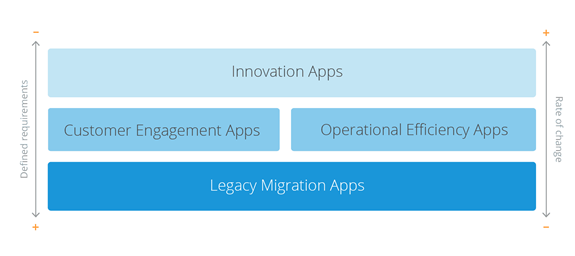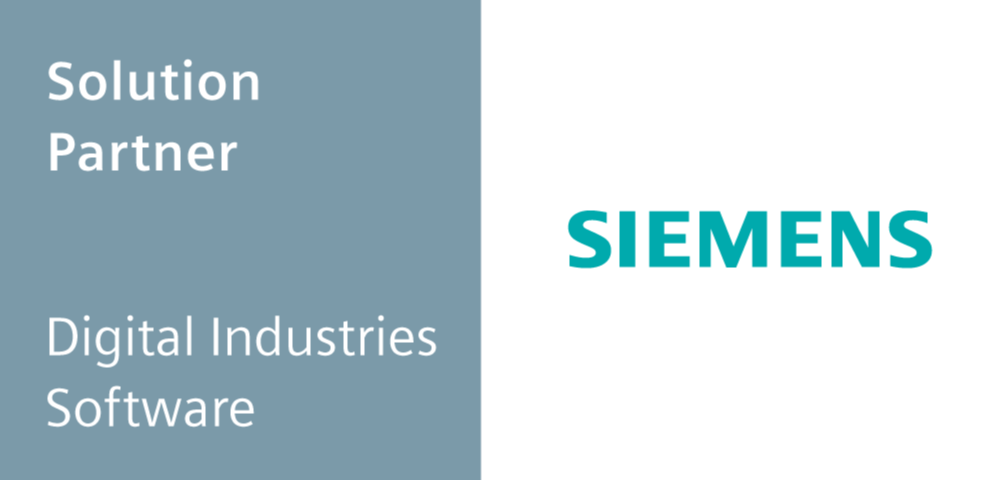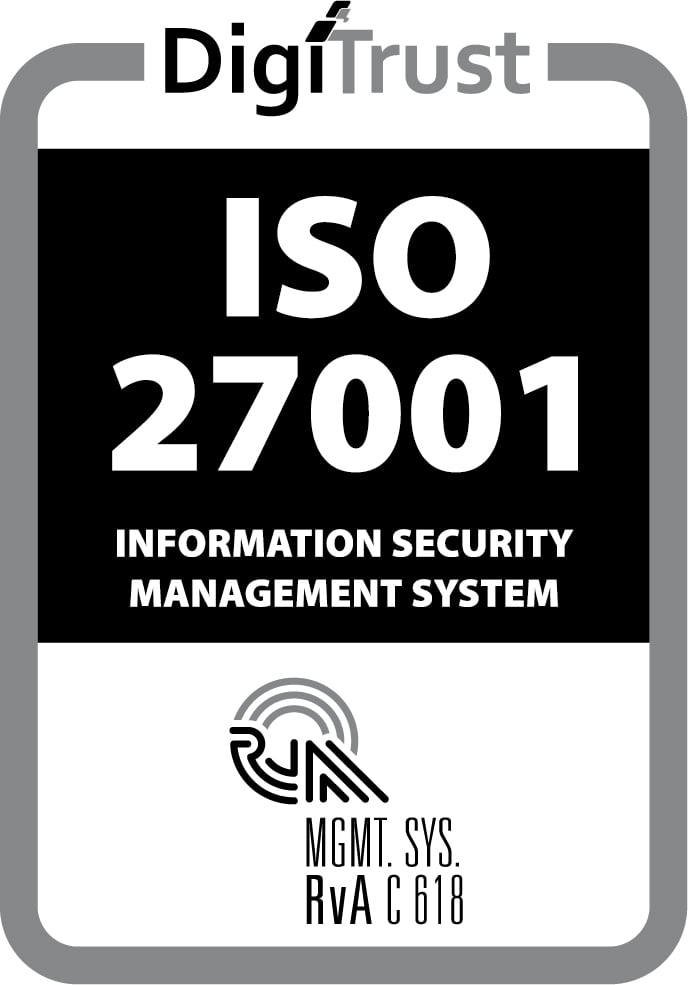We see it all the time: Customers want to build applications for the sole purpose of digitizing an existing inefficient bureaucratic process based on Excel spreadsheets. Don’t get us wrong—digitizing an Excel spreadsheet is not necessarily a bad thing, as long as it’s part of achieving a higher goal!
The most immediate benefit of digitizing an Excel spreadsheet is the ability to add data entry validations that reduce the number of errors entered in the spreadsheet. In most cases, the validations can reduce costs and help make the organization more efficient. But when we at CLEVR work on a project, we want our customers to achieve much more than merely a digitized existing process. To enable our customers to get the most out of their digital transformation, we classify every application development project into one of four categories:
- Customer engagement application
- Operational efficiency application
- Innovation application
- Migration of a legacy application
These categories are based on model created by Mendix (see below) and based on Gartner’s Pace-Layered Model. Mendix has a blog post that describes this model in greater detail.
Customer Engagement Apps

A good customer engagement application enables customers to better interact with your business. This effort should result in increased revenue through increased lead generation, improved customer satisfaction, greater customer interaction and higher brand loyalty.
However, users are unforgiving: If an application doesn’t work the way they expect or want, they will discontinue using the app, most likely for good. This can cause serious damage to the corporate brand and result in lost revenue. We believe design, user experience (UX) and performance are essential elements of every successful customer engagement application. That is why we thoroughly involve these experts in our projects and, of course, use our very own Mendix Performance Monitor (with Loadtesting-as-a-service). Check out our Customer Engagement Application Showcase.
Operational Efficiency Applications
Operational efficiency applications are used to automate processes with the goal of reducing costs. These applications often are used by employees or business partners who have specific tasks to perform as part of a larger goal. The process flow within these applications must be quick, easy and efficient. Operational efficiency applications are often dependent on core systems such as SAP, Oracle or other ERP/CRM applications.
These applications must be robust in design and use. They are the embodiment of business process. If the application stops, the work stops! When building these applications, consultants must question the need for every additional feature requested and make sure each one is tested thoroughly. Of course, we use our very own Mendix Application Test Suite for this very purpose.
Innovative Applications
Innovative applications are designed to solve a business problem or address a new opportunity. They are almost always disruptive because they typically drive new business models intended to help organizations gain a competitive edge. These days, innovative applications are being developed with the help of emerging technologies such as machine learning algorithms and other forms of artificial intelligence (AI) and used in an internet of things (IoT) environment with Amazon Web Services (AWS) or Microsoft Azure public cloud. To make matters even more complex, a LoRa network also could be involved.
Requirements for developing these applications often are vague or non-existent because nobody knows what the end state should be, and business requests can change daily. Developers and line of business teams therefore must collaborate closely. As such, developing these applications using low-code tools such as Mendix is often essential. Check out our Innovative Application Showcase.
Legacy Migration Applications
We started this article by stating users should not just digitize their Excel spreadsheet—they should digitize the entire process. This is exactly what we do when replacing legacy applications. Most migration projects start with a desire to move the current legacy system to a new platform. This is often forced by end-of-life support for the current application or a system that requires a “lift-and-shift migration.”
We always try to help our customers see the endless possibilities of the low-code platform in modernizing applications. When migrating your legacy system, it’s always a good idea to include an external partner or employee who is not “attached” to the current process to offer new insights. A migration most always improves the status quo, spanning everything from including additional business processes to delivering a whole new UX! Check out our Legacy Migration Application Showcase.
To Sum It Up
To create a great application, you need to understand how it will be used. By understanding the business goals, it becomes possible to determine not only what resources will be required from architects, but also how that application might be extended. Only then can you give it everything you’ve got!
“There are many ways of going forward, but only one way of standing still.” - Franklin D. Roosevelt




